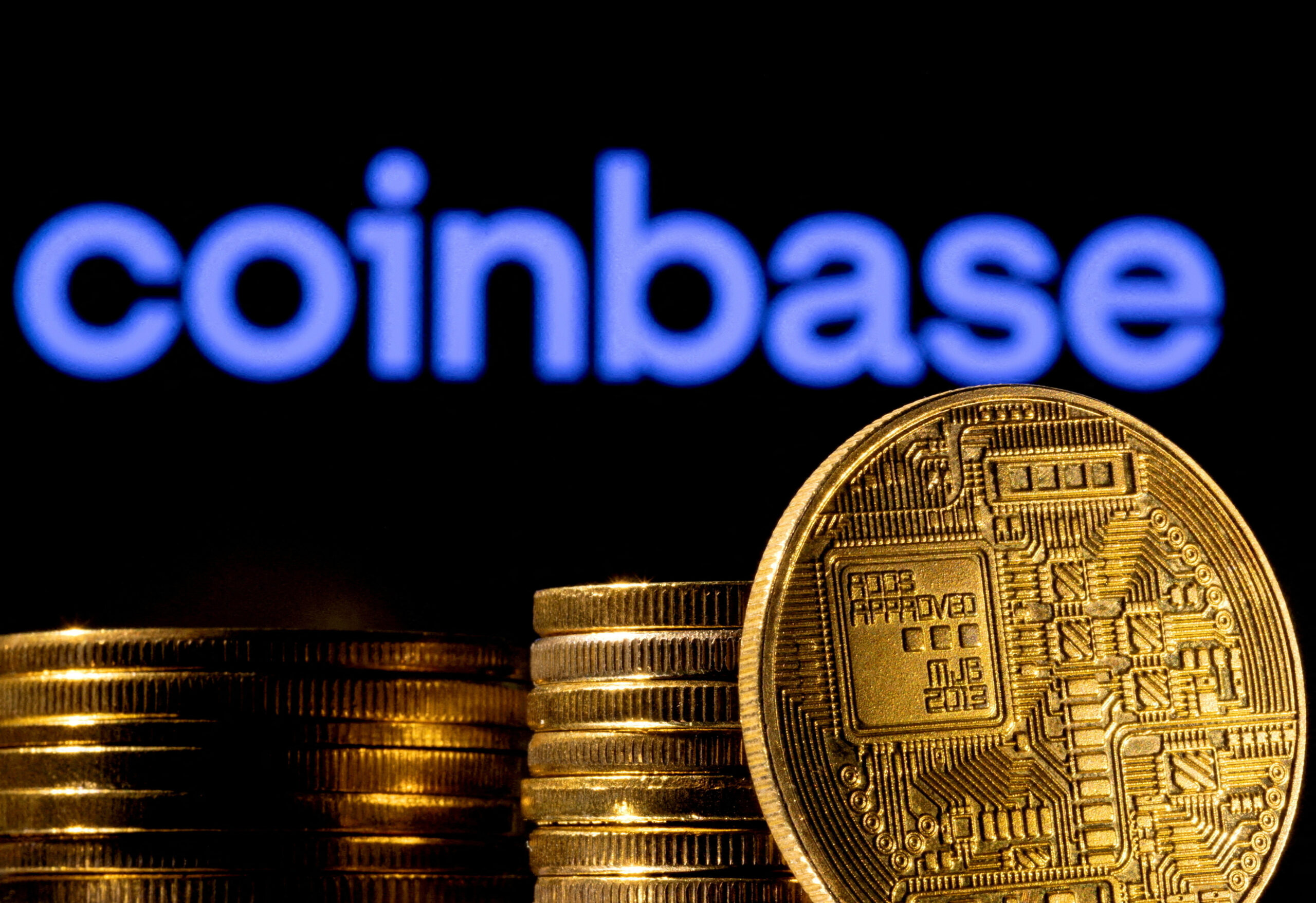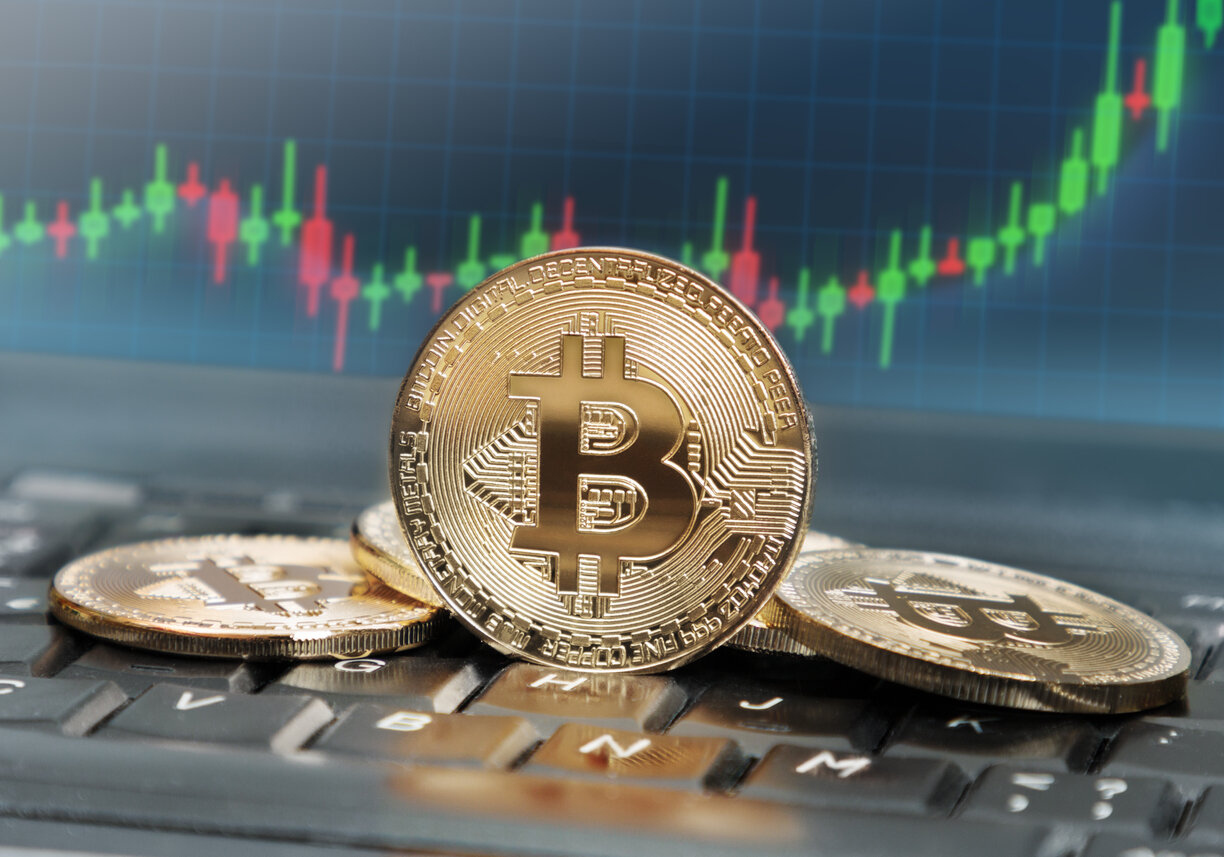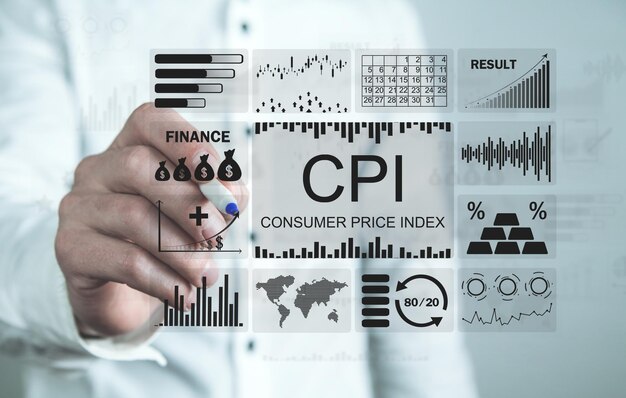Inflation increased in January as expected, according to a key indicator the Federal Reserve uses when deciding whether to cut interest rates.
The Dow Jones consensus estimate indicated that the personal consumption expenditures price index, which does not include food and energy costs, increased by 2.8% from a year ago and by 0.4% for the month.
According to figures released by the Bureau of Economic Analysis of the Commerce Department on Thursday, headline PCE—which includes the volatile food and energy categories—rose 0.3% monthly and 2.4% over a year, respectively.
The actions were taken amid an unexpected increase in personal income of 1%, significantly higher than the predicted 0.3%. Expenditure fell by 0.1% compared to the predicted 0.2% increase.
Price hikes in January are indicative of the continued shift away from goods and toward services as the economy recovers from the disruptions caused by the COVID-19 pandemic.
In those categories, food prices accelerated by 0.5%, offsetting a 1.4% decline in energy prices. Over a year, services saw an increase of 3.9% and goods saw a decrease of 0.5%. The month-over-month increase in prices was 0.6% for services and 0.2% for goods. Food saw a 1.4% increase year over year, while energy saw a 4.9% decrease.
Treasury yields slightly increased and stock market futures mixed as a result of the effects on the markets of the News. There was little movement in the futures markets, where traders bet on the direction of interest rates, with pricing skewed toward the Fed’s first rate cut in June.





